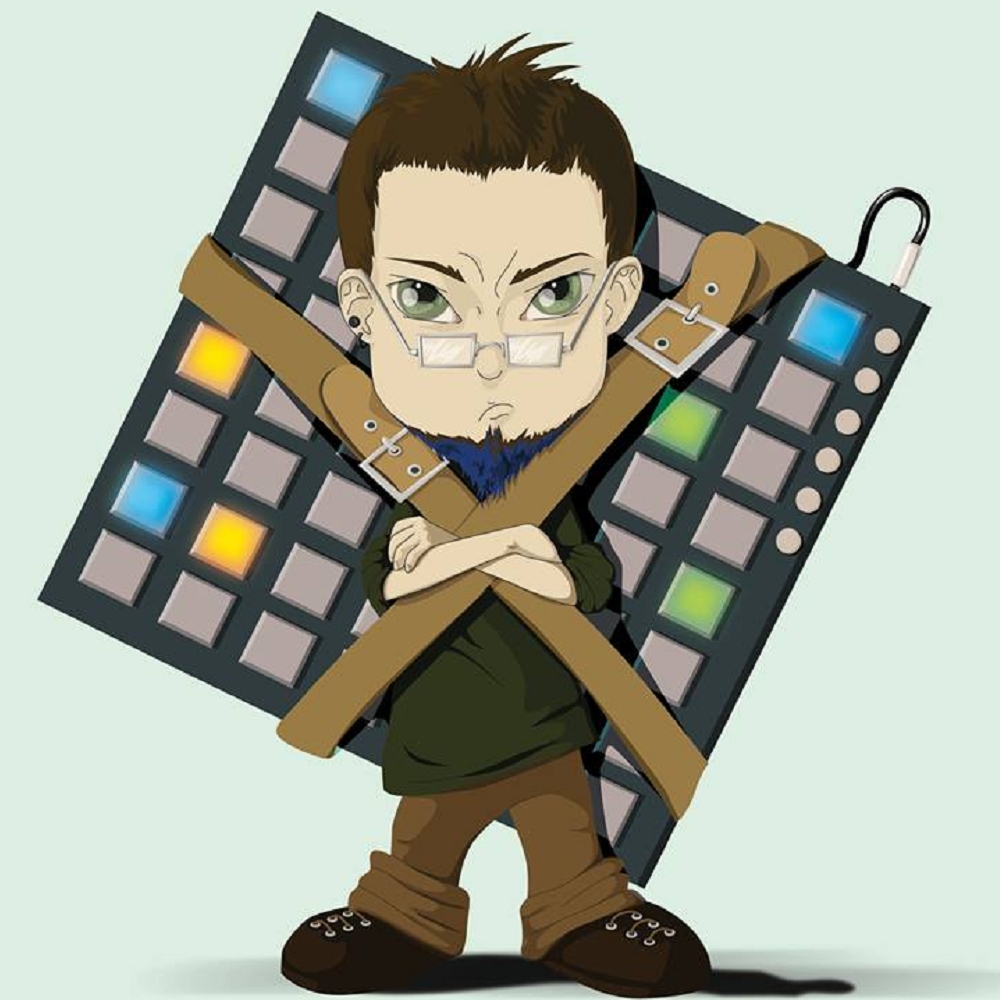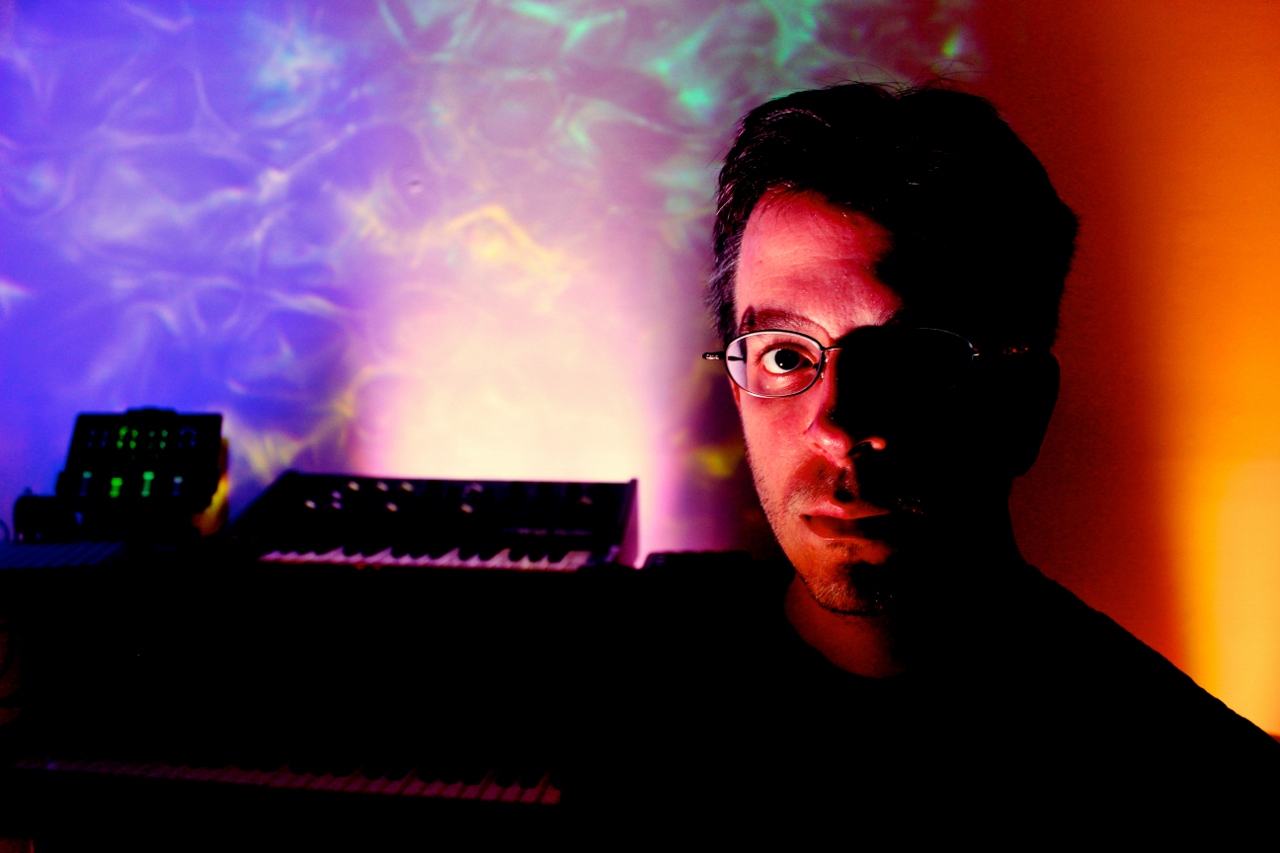-
-

-
Bandesnaci
- 12 November, 2012 in People & Adventures
Controllerist Feature – Rheyne
We’re starting a series of monthly articles focusing on different controllerists from around the world that are either pushing the envelope of electronic music and live performance in some way or another, or accomplished performers with an unmistakable sound. Our first featured controllerist is NYC-based performer Jon Barbieri a.k.a. Rheyne.

Rheyne is a trained pianist, having started playing the piano since the age of 6. He had his first live gig in ’97, in a bar called Cryan’s in South Orange, NJ, playing keys for a band called Bonjee.
He got into controllerism (Live Looping) after seeing Imogen Heap perform an acapella version of “Just For Now”, and then stumbling upon DubFx and Beardyman videos on the internet. Further influenced by Tim Exile, who was touring with Imogen Heap at the time, he decided to create something similar to what Tim was doing, with audio and MIDI fully integrated. “I got lucky Ableton already did that, because I don’t know Reaktor well-enough to build a system like Tim’s.” he told Controllerism.com.
This inspired him to start his “Live Jams”, a series of live performance videos on YouTube that have found him a regular following. At the time of this writing, he’s on Jam no. 60, titled “Post-Storm” (living on the East-Coast, he braved hurricane Sandy through floods and massive power outages). He’s kept posting regular videos for this series for the last two years (his first Jam was on December 1st, 2010), and mentioned the positive feedback he’s been getting as one of the incentives he’s had to keep it up. “It’s really a lot of fun and something I do every day, even if its just for 15-20 minutes, and it’s gotten easy enough to set up the camera when I’m rehearsing. I think everyone’s feedback and compliments is what makes me keep recording and posting them. People seem to genuinely enjoy them and look forward to new ones.”
His instantly recognizable chill-out sound and its consistency is one of the reasons for his steadily growing fan base: “I think I’m mixing together all of the things I grew up on, and just playing something I’d like to sit back and listen to. I’m just doing what feels natural to me, but I think I need to start stretching my boundaries and experiment with different sounds.” Although Ableton Live is his main tool for performance, most of his sound comes from an array of tools that he’s been gathering over the years and adding to an incredibly impressive setup: a DSI MoPho analogue synth, a Fender Rhodes electric piano, a Moog Prodigy and an array of iPads running music-creation apps that feed into Live.
After receiving a lot of feedback on his approach to live performance and tools, he created the RheyneLooper, a custom template for Lemur (the iPad app). An improved version of it, the RheyneJammer, is available to download at Liine.net. “The Lemur templates were the result of folks asking if I would be willing to share templates since they liked what they saw in the videos, and folks were also asking about how my Ableton session was laid out, so by including an Ableton session with the Lemur template it gave some insight into my own setup. I felt it was a good way to give people something fun to do, and also discover some new music at the same time.”
All of this has gotten him a deal of exposure (more than 1,700 subscribers on his YouTube Channel at the time of this writing), as well as feedback from Beardyman and Tim Exile on his videos, and features on the Ableton Blog and Liine.net.
What does he think about the direction that controllerism, live performance and music in general is going in nowadays?
“I think we live in interesting times, and it’s great to see what app developers are coming up with, along with hardware manufacturers like Livid and Keith McMillen pushing the envelope. The rebirth of affordable analog instruments is great to see. I think with the advances of social media and the accessibility of handheld devices with touchscreens, there will be a greater demand for visuals to go along with the audio. It can come in varying forms, whether it’s generative computer graphics reacting to sound, or a video of the actual performer making the music you’re hearing, music videos in the traditional sense where the artist is lip-syncing to a recording, or videos to pre-recorded music like Chris Cunningham’s Aphex Twin videos, I think there’s room for all of it. As far as press-play shows vs. a set performed from scratch, I think there’s room for both of those as well, and a mix of the two, since different types of shows can be tailored for each of those approaches, and what works for one might not work for the other. I just like being able to go to a show or see something online and go “that was awesome!” and want to tell people about it.”
-

